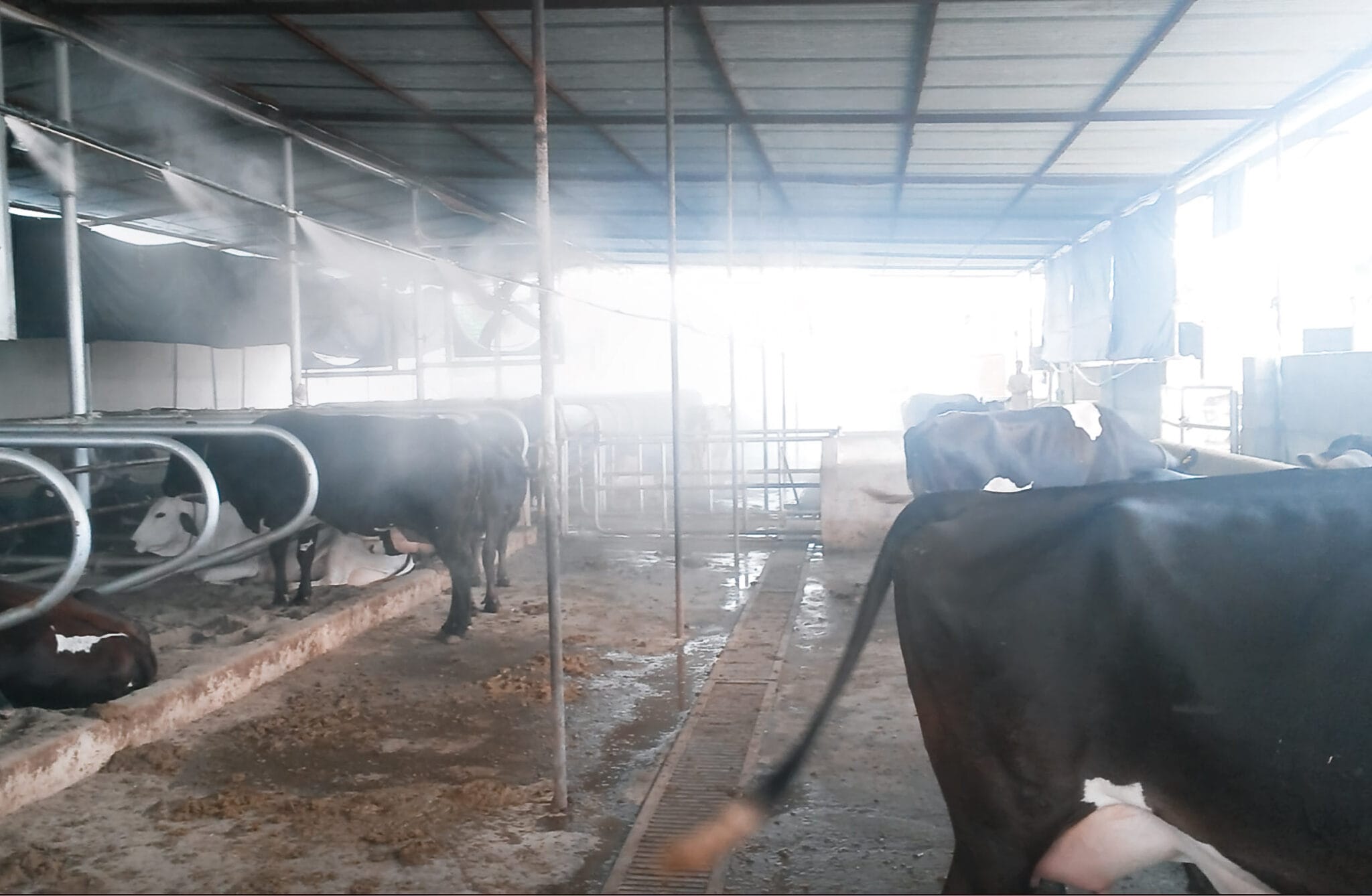
The World of Algae
Discover how algae cultivation is revolutionizing sustainable production and how these practices can transform the future.
Rocket stoves, are intermittently burning wood stoves designed to burn fuels efficiently. They produce less smoke and ash than conventional stoves, have better efficiency and reduced emissions.
The most commonly used fuel is wood, but can also run on leaves, cardboard and paper.
Rocket stoves are designed to burn fuel more completely, using the heat produced to heat the food or surroundings. This means they use less wood in comparison with conventional stoves.
Efficient combustion of the fuel is ensured by the rocket shape of the stove, which allows air to flow in completely. As the air passes through the stove, lighter air begins to rise up the exhaust chimney placed with the opening higher than the feed opening, creating a suction effect of air that feeds the fire, flows into the combustion tunnel and exits the chimney. This blowing produces the characteristic roar. Unlike conventional stoves, the combustion chamber of the rocket stove is insulated to prevent heat loss, and an efficient combustion process generates an enormous amount of heat.

On the other hand, in terms of emissions, due to full combustion they produce less smoke and ash thus reducing carbon monoxide emissions to the surrounding environment. This is a very important aspect for rural communities where wood stoves are used inside homes. They are also economical in that by consuming less wood they increase range.
This type of heating is very versatile, in addition to cooking it can be used to heat the air in the room in which it is placed or to produce hot water by connecting a water tank to the stove through a metal coil (usually copper) , the coil heating brings hot water into the tank and this can be used directly to feed radiators or through an exchanger can be connected to a faucet.
Rocket stoves were born to meet the needs in rural towns in developing countries and therefore little used in the West, but the sensitivity to clean energy and the rising cost of heating are bringing back a whole series of habits and “poor” technologies (such as rocket stoves) that go in this direction savings + ecology.

In recent years, projects are being developed by connecting a thermoelectric system to the stove one can convert the heat produced by combustion into electricity as well. As a source of energy it certainly becomes a more expensive product than originally, but it also represents a source of energy with very low emissions and therefore a much more environmentally friendly solution for the system.

Discover how algae cultivation is revolutionizing sustainable production and how these practices can transform the future.

This technological revolution promises to improve efficiency, sustainability, and animal welfare, but

How to cope with summer temperatures in productive sectors such as industry, livestock and agriculture? Read our solutions.

1. Introduction Laying hens are a key component of agriculture and livestock